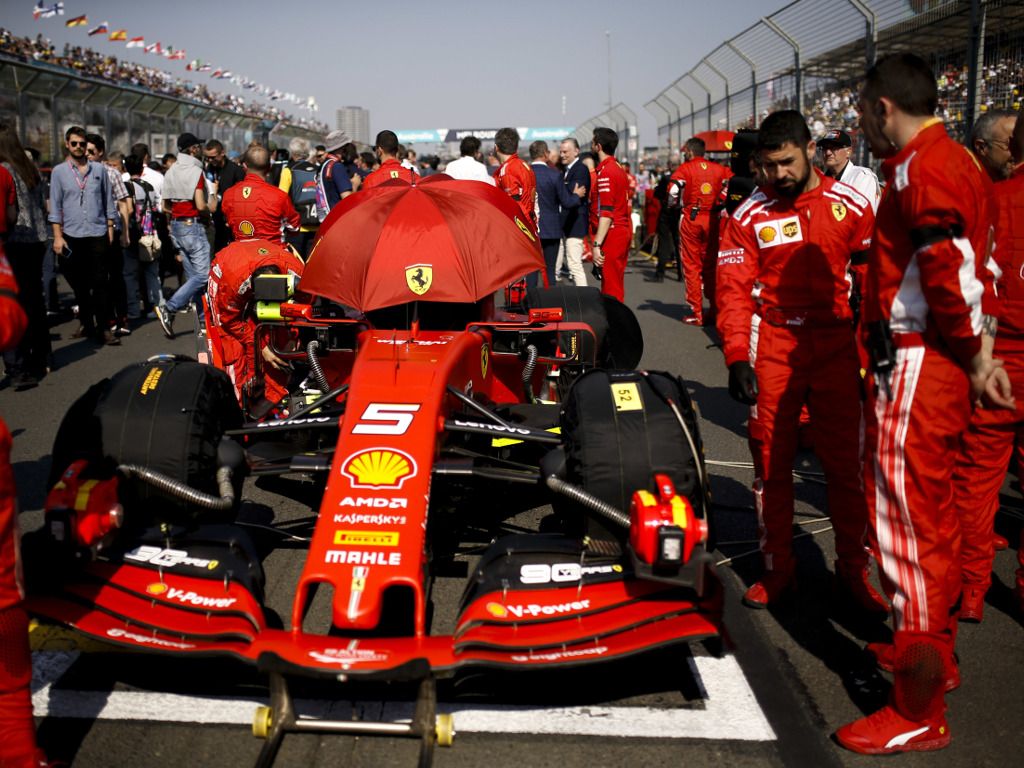Red Bull motorsport advisor Helmut Marko believes cooling problems were the source of Ferrari’s woes in Melbourne.
The Scuderia’s pre-season pace abandoned them down under, as Valtteri Bottas charged to victory with Sebastian Vettel and Charles Leclerc a minute adrift.
The team claim to have made “corrections” in order to up their pace in Bahrain, but Marko believes he knows the true reason for their struggles.
“It’s quite clear that Ferrari has underperformed. And also Haas,” he told Autosport.
“We don’t know exactly, but I think they just cut back on performance because they had cooling problems.
“The Haas was suddenly slower in relation [to the rest of the field compared to its long-run pace in pre-season testing].”
Vettel’s dramatic drop in pace during the Australian GP is a further indication of his theory Marko believes.
“One indication is that [Charles] Leclerc was faster with the white tyres [hards] than Vettel with the yellow ones [mediums],” said Marko.
“This means that something was wrong.
“Vettel only drove three halfway fast laps and then his pace dropped.
“Ferrari was in danger on the yellow tyre due to the temperature and their tyre degradation.
“We on the other hand did not have any issues with degradation and were not even on the limit.”
There were suggestions that Ferrari’s unique front wing design cost them on the bumpy Albert Park surface, but Marko wasn’t convinced.
“I think that [theory] is overrated,” Marko explained.
“The front wing more or less determines the concept of the car.
“But there are many other things in the front area that play a role as well.
“There are the different concepts, but in terms of race pace only Bottas was a step above the rest.
“Ferrari and [Red Bull] were on the same level.”
The Scuderia were questioned last season over their consistent engine gains which made them the biggest threat to Mercedes, but Marko believes good work from the FIA has eliminated this advantage, further hindering their pace.
“The FIA reacted very well and closed several loopholes, or at least minimised them,” he stated.
“This means that these speed peaks, which Ferrari had on the last 25% or 30% of the straights, no longer exist.
“That’s good.”
Follow us on Twitter @Planet_F1 and like our Facebook page.
Source: Read Full Article

